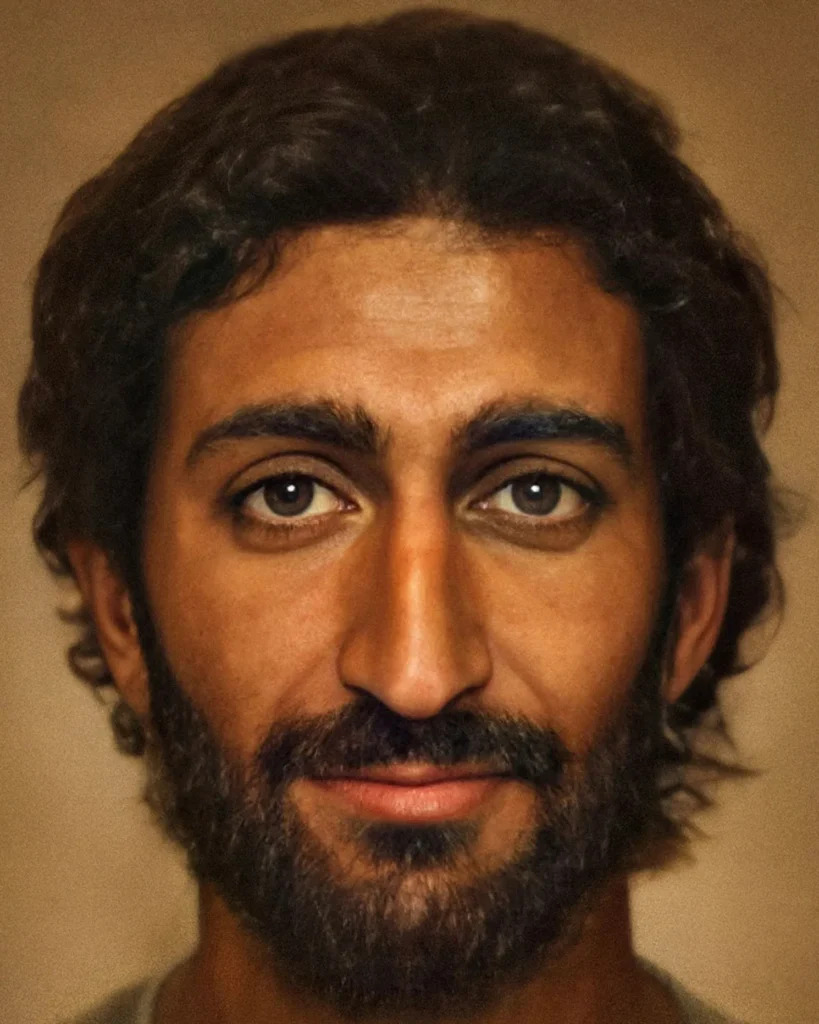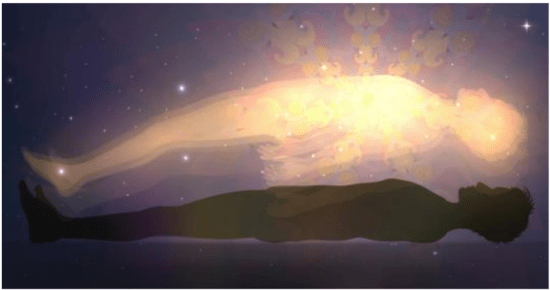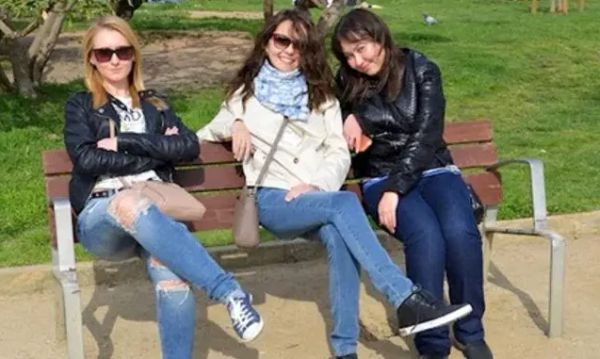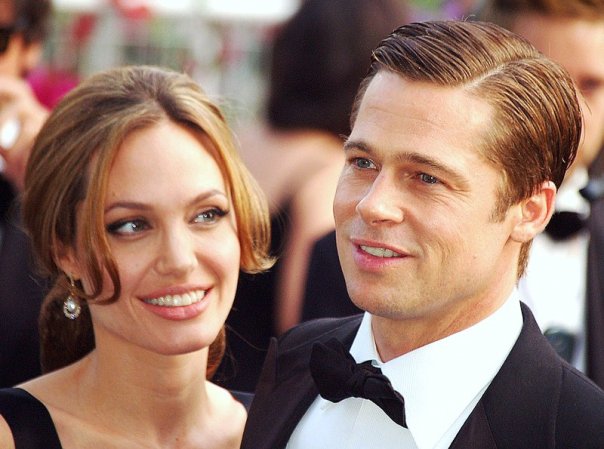Jesus Christ is pictured by the Catholic church as a white European guy with piercing blue eyes.
But historians contend that the depiction of Jesus in the Renaissance art is very different from how he actually appeared. As opposed to this, they are convinced that the son of God had curly black hair, was shorter in stature, and had a stockier build than the average male born at that period in modern-day Palestine.

Bas Uterwijk, a Dutch photographer and digital artist, attempted to put an end to the 2,000-year-old debate over Jesus’ look by employing cutting-edge technology to create a picture of him that was as realistic as possible given the circumstances around his place of birth. Bas used the machine learning capabilities of Artbreeder to produce the image of Jesus.
The picture he has created obviously differs greatly from what we all think the Messiah looked like.”I have experience with special effects and computer-generated imagery.
A neural network built on images and paintings of thousands of human faces is used by the artificial intelligence program.
With the help of this application, users can blend several sources of faces and merge them into a synthesised version under the user’s artistic direction. I use it to construct both real-life and made-up characters.
I modified the ethnicity to a more plausible Middle-Eastern face using a variety of cultural representations of Jesus of Nazareth from Byzantine and Renaissance origins, such as Leonardo da Vinci’s “Salvator Mundi” and the Turin Shroud.
Even though I felt the outcome lacked historical truth, he continued, “I was delighted with the outcome as a reflection of a collective cultural depiction.
“So I pushed the Renaissance art to the side and modified the hair and beard to a more period-appropriate length and style, adding aspects from some Fayum mummy paintings.
The end result is more of an artistic interpretation of what this individual might have looked like than a meticulous attempt to capture an exact likeness.
The Bible informs us that our Savior was born into a Jewish family in Bethlehem in 4 BC, was raised there, and then eventually made his home in Nazareth in what is now Israel.

The son of God stood somewhere between 5 feet 5 inches and 6 feet tall, according to What Did Jesus Look Like author Joan Taylor. Furthermore, she cites ancient documents to support her claims that the inhabitants of Judea and Egypt had olive skin, dark black hair, and brown eyes.
“Anyone may conjure up an image of Jesus. Everywhere we look, we see images of Jesus. It is a universal image. It’s an occurrence. So, we believe we can identify him. We don’t even need to put in any effort. The conventional depictions in paintings, however, such as the long hair, robe, and beard, actually date to the 4th or 5th Century, according to Taylor.
“In actuality, he didn’t look anything like that. Jesus was not an ill-looking man. He wasn’t from Europe. He was a Jew living in his era. He was a man very much of his day.
He would have had dark skin, shortish black hair—long hair was quite uncommon in the first century—a beard, and sandals, according to the author, a specialist in the history of Christianity. He was a nomad. He was out in public. He accepted gifts from complete strangers. He was among the underprivileged.
The philosopher Celsus, who lived in the second century, claimed that Jesus was scruffy, a wanderer, and untidy; he appeared to be begging. With everything that we know about Jesus, this makes sense. He even admitted to being homeless. He said, “‘Foxes have dens and birds have nests, but the Son of Man has no place to lay his head.’”

Jesus likely resembled a typical Jewish man of the first century, who would likely have contact with Europeans and Africans.
Forensic facial reconstruction specialist Richard Neave tried to imitate the appearance of a Judean man similar to Jesus from the first century who was represented as stocky man with dark hair, clipped beard, and olive skin.





